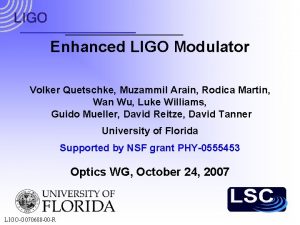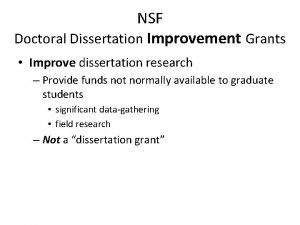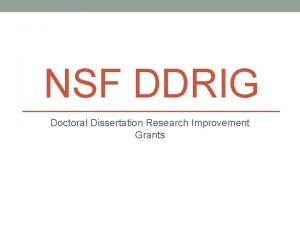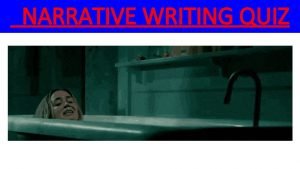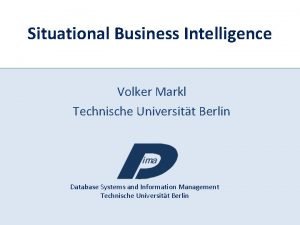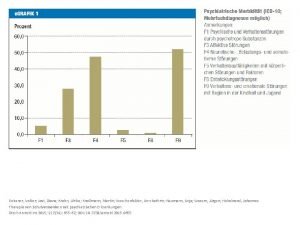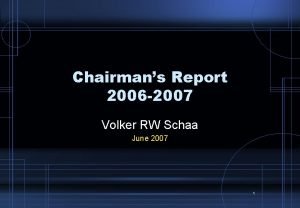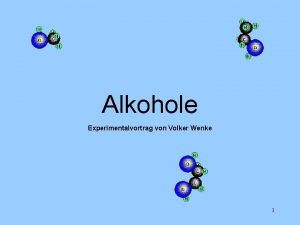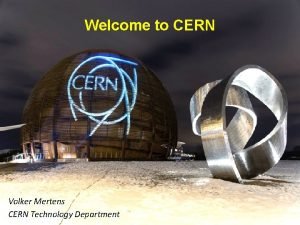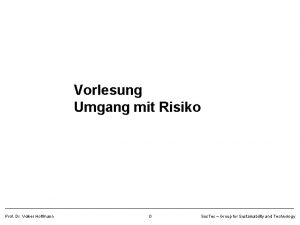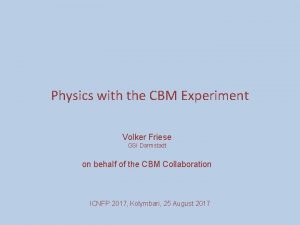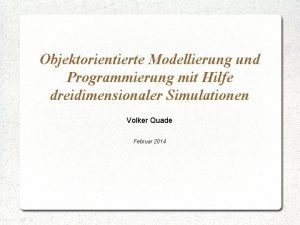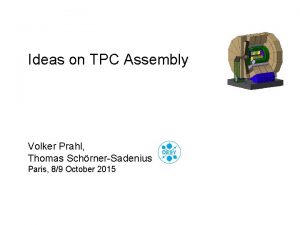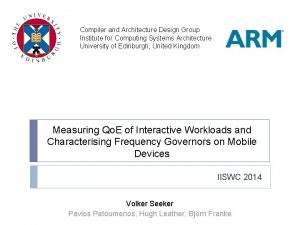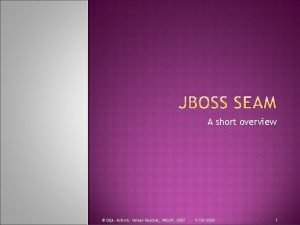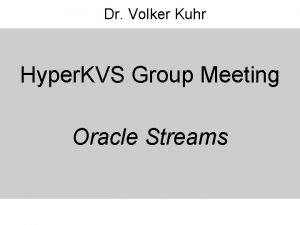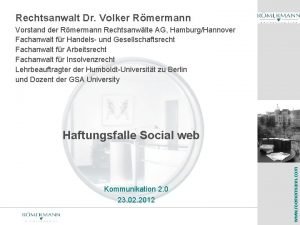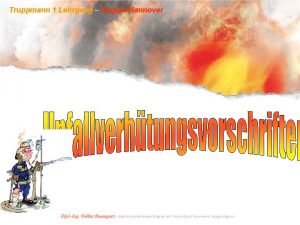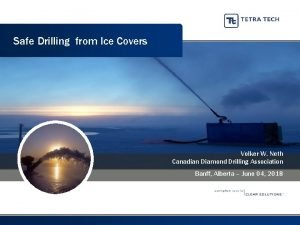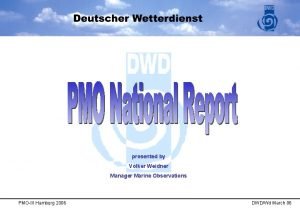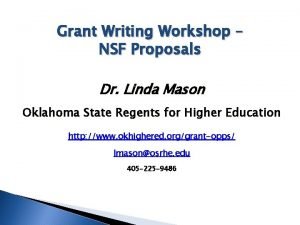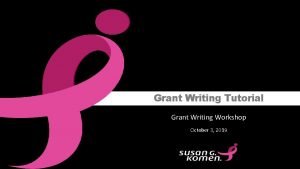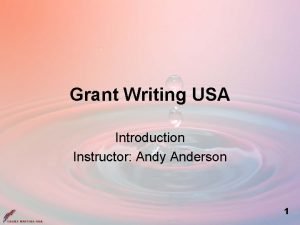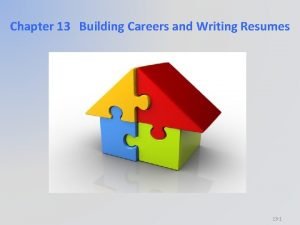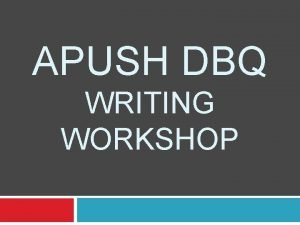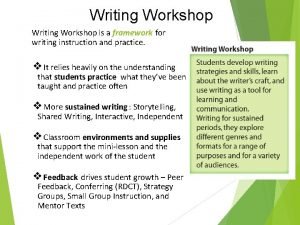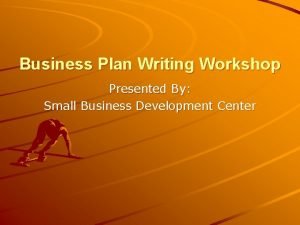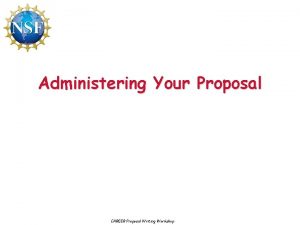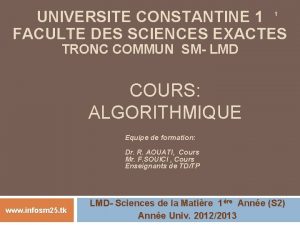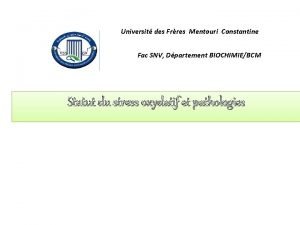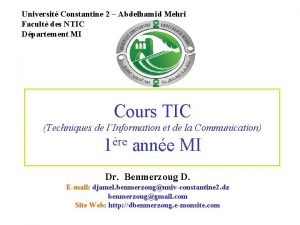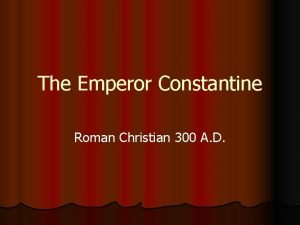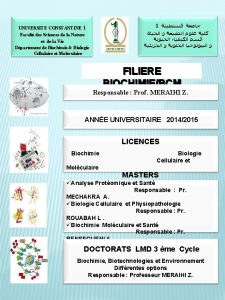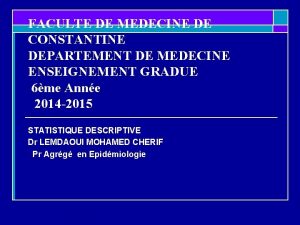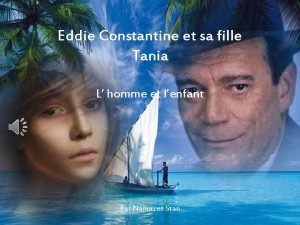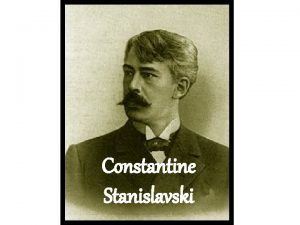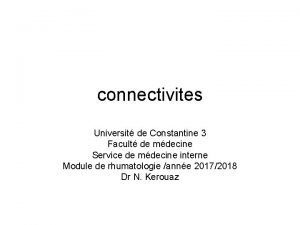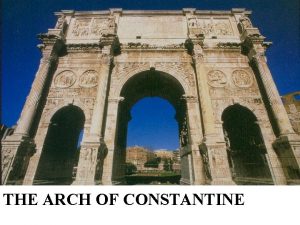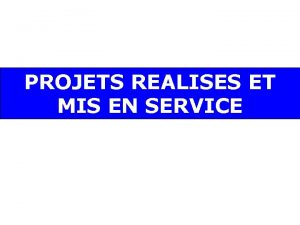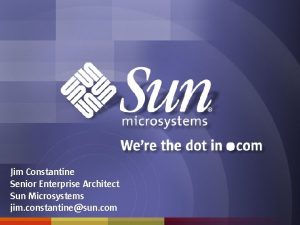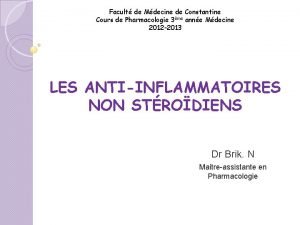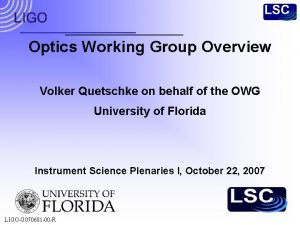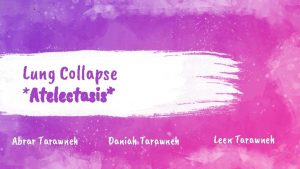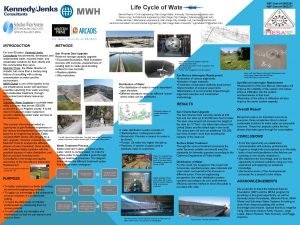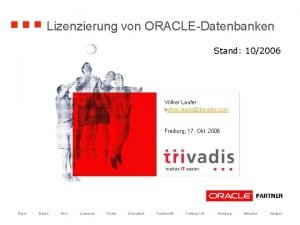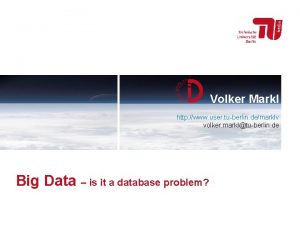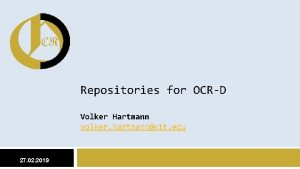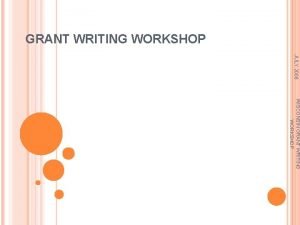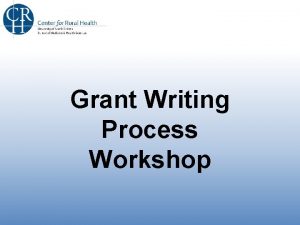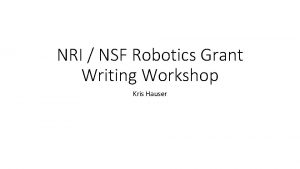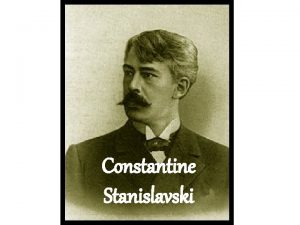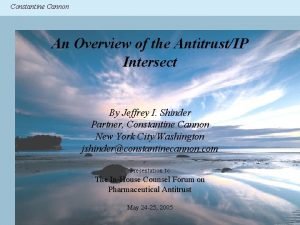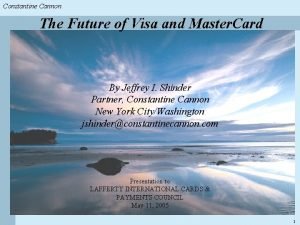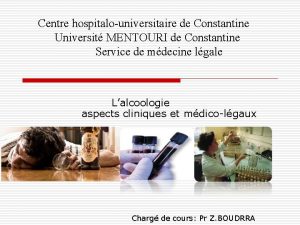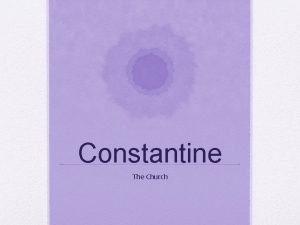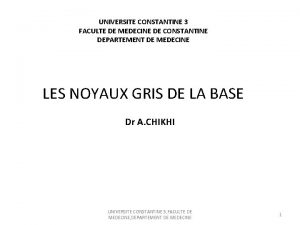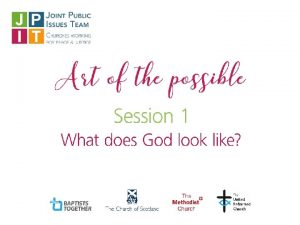NSF grant writing workshop Volker Quetschke Constantine Tarawneh


















































- Slides: 50

NSF grant writing workshop Volker Quetschke, Constantine Tarawneh, Michelle Burd 3 rd Annual RGV STEM Education Conference Doubletree Hilton Hotel, Mc. Allen, Texas February 13 – 15, 2020

Proposal Writing Strategies Preparation, intellectual merit and broader impacts Dr. Volker M. Quetschke Associate Professor - Department of Physics and Astronomy Associate Dean for Research and Graduate Programs College of Sciences University of Texas Rio Grande Valley Caution! The information presented in this workshop represents the opinions of the presenters and is not an official NSF position. Sources: Some material is based on “Writing Proposals to Meet NSF's Expectations”, https: //www. nsf. gov/events/event_summ. jsp? cntn_id=107048&org=NSF

My Career Path 2003 Ph. D. (Dr. rer. Nat. ) in Physics, Albert Einstein Institute, Universität Hannover, Germany 2003 Post-Doc, The University of Florida, Gainesville, FL 2006 Research Assistant Professor, The University of Florida, Gainesville, FL 2009 Assistant Professor, The University of Texas at Brownsville (UTB), Brownsville, TX 2015 Associate Professor, The University of Texas Rio Grande Valley (UTRGV) Administrative Experience Associate Chair, Faculty Senate President, Associate Dean for Research and Graduate Programs Awards Co-Recipient of the Breakthrough Prize 2016 for detection of Gravitational Waves 100 Years after Albert Einstein predicted their existence Pi or Co-PI on more than $11 M in funding, including two Center awards

Overview of the Workshop Goal: Learn how to write a more competitive proposal Sub-objectives: Proposal strategies Intellectual merit Broader impacts Workshop format Presentations Group exercises Think Share Report Learn (TSRL) Limited Time – Let’s get started!

A word on applicability … This workshop tries to convey best practices, but every NSF program is different. Always follow the solicitation! Consult the GPG If in doubt, talk to the NSF Program Office!

Agenda Enhancement strategies General aspects Goals, objectives, and outcomes Rationale Realities of the review process After the workshop, you should be able to: Identify areas where proposals can be enhanced Made more competitive Generate a list of suggestions for each area

NSF supports research and education Obviously, the biggest resource is here: https: //www. nsf. gov/ NSF is divided into the following seven directorates that support science and engineering research and education: Biological Sciences, Computer and Information Science and Engineering, Geosciences, Mathematical and Physical Sciences, Social, Behavioral and Economic Sciences, and Education and Human Resources. Each is headed by an assistant director and each is further subdivided into divisions like materials research, ocean sciences and behavioral and cognitive sciences. Within NSF's Office of the Director, the Office of Integrative Activities also supports research and researchers. Other sections of NSF are devoted to financial management, award processing and monitoring, legal affairs, outreach and other functions. First objective: Find the right program for you Let us look at website.

First rule of success Submit before the deadline!

Exercise #1 Find a vision of what you would like to do

Turning a Good Idea into a Competitive Proposal Scenario: Origin of a Curriculum Development Proposal Prof X has taught Biology at U of Y for several semesters. She has an idea for greatly improving the course by adding “new stuff” “New stuff” Material (e. g. , modules, web-based instruction) Activities (e. g. , laboratories, projects) Pedagogy (e. g. , problem-based learning) She has done some preliminary evaluation She decides to prepare a proposal

Initial proposal outline of Prof X Problem Statement: Proposed Approach: Items describing the “new stuff” Proposed Activities: Items describing the problem as she sees it Items describing how she will develop “new stuff” Schedule: Items describing the timing of the development

Provide goals, objectives and evaluation In general: Find a vision of what you would like to do Formulate the goals to support that vision Formulate the objectives to support the goals Formulate deliverables and methods to analyze the outcomes comparatively

Provide goals, objectives and evaluation methods A better initial proposal outline: Goals: Develop “new stuff” to enhance student learning at U of Y Rationale: Observed shortcomings in educational experience of the students at U of Y and felt that new stuff would improve the situation Project Description: Details of “new stuff“ Evaluation: Use U of Y’s course evaluation forms to show difference Dissemination: Describe “new stuff“ using conference papers, journal articles, and web site

Exercise #2 Discuss among yourselves and provide a few suggestions to guide Prof. X as she develops her curriculum development proposal

Proposal Strategies I Read the program solicitation Articulate goals, objectives, & outcomes Determine how your ideas match the solicitation and how you can improve the match Outcomes should include improved student learning Build on existing knowledge base Review the literature Present evidence that the “new stuff” is doable; will enhance learning; is the best approach Explore potential collaborations

Proposal Strategies II Use data to document existing shortcomings in student learning Describe management plan Provide tasks, team responsibilities, timeline Provide clear examples of the approach Integrate the evaluation effort early Build assessment tools around defined objectives and expected outcomes Connect with independent evaluation experts

Proposal Strategies III Identify strategies for dissemination Define a plan to contribute to knowledge base Address broader impacts Collaborate, form partnerships (build community)

Put yourself in the position of the reviewer Now Goals/Rationale/Dissemination - later: Evaluation Goals: What are you trying to accomplish? What will be the outcomes? Rationale: Why do you believe that you have a good idea? Why is the problem important? Why is your approach promising? Evaluation: How will you manage the project to ensure success? How will you know if you succeed? Dissemination: How will others find out about your work? How will you interest them? How will you excite them?

Best practices for all types of proposals The previous differentiations apply for all types of proposals: Education (as in our example) Research Faculty development Assessment Goals Objectives Outcomes Always: Vision/question Goal/Objectives Methodology Impact

Goals

Developing Goals & Outcomes Start with one or more overarching statements of project intention Each statement is a goal Convert each goal into one or more expected measurable results Each result is an outcome

Goals – Objectives – Outcomes – Questions Converting goals to outcomes may involve intermediate steps Intermediate steps are frequently called objectives Objectives are more specific than goals Outcomes are more specific than objectives Outcomes/objectives/goals lead to questions Questions form the basis of the evaluation The evaluation process collects and interprets data to answer evaluation questions

Definitions Goal – Broad, overarching statement of intention or ambition Objective – Specific statement of intention More focused and specific than goal A objective may lead to one or more outcomes Outcome – Statement of expected result A goal typically leads to several objectives Measurable with criteria for success NOTE: No consistent definition of these terms

Exercise #3 Read the abstract and identify the goals/outcomes Task: Identify two plausible goals Abstract: The goal of the project is …… The project is developing computer-based instructional modules for statics and mechanics of materials. The project uses 3 D rendering and animation software, in which the user manipulates virtual 3 D objects in much the same manner as they would physical objects. Tools being developed enable instructors to realistically include external forces and internal reactions on 3 D objects as topics are being explained during lectures. Exercises are being developed for students to be able to communicate with peers and instructors through real-time voice and text interactions. The material is being beta tested at multiple institutions including community colleges. The project is being evaluated by … The project is being disseminated through …

Discussion Goals may focus on Cognitive behavior Affective behavior Success rates Diversity Cognitive, affective or success in targeted subgroups

Discussion Goal – Cognitive Behavior GOAL: To improve understanding of … Concepts & application in course Solve textbook problems Draw free-body diagrams for textbook problems Describe verbally the effect of external forces on a solid object Concepts & application beyond course Solve out-of-context problems Visualize 3 -D problems Communicate technical problems orally

Discussion Goal – Affective Behavior GOAL: To improve … Interest in the course Attitude about Profession Curriculum Department Self- confidence Intellectual development

Discussion Goal – Success Rates GOAL: To improve Success Rates: Recruitment rates Retention or persistence rates Graduation rates

Discussion Goal – Diversity GOAL: To increase a target group’s Understanding of concepts Achievement rate Attitude about profession Self-confidence “Broaden the participation of underrepresented groups”

Exercise #4 Transforming Goals into Outcomes Write one expected measurable outcome for each of the following goals: Increase the students’ understanding of the concepts in statics Improve the students’ attitude about engineering as a career

Discussion - Outcomes Conceptual understanding Students will be better able to solve simple conceptual problems that do not require the use of formulas or calculations Students will be better able to solve out-of-context problems. Attitude Students will be more likely to describe engineering as an exciting career The percentage of students who transfer out of engineering after the statics course will decrease.

Rationale

Project Rationale is the narrative that provides the context for the project It’s the section that connects the “Statement of Goals and Outcomes” to the “Project Plan” What’s the purpose of the rationale? What should it contain? What should it accomplish? What should an applicant include in their rationale? What topics should a PI address?

Exercise #5 Write a list of questions that the Rationale should address. Refer to reviewers' questions …

Discussion – Effective Rationale I What does the knowledge base say about the approach? What have others done that is related? What has worked previously? What have been the problems/challenges? Why is this problem important? Is it a global or local problem? What are the potential broader impacts? How will it improve/achieve the goal(s)?

Discussion – Effective Rationale II What is the evidence that the approach will solve the problem? Address the defined outcomes? Achieve the defined outcomes? Improve research/student learning/other goal? What are alternate approaches?

Discussion – Effective Rationale III What are the potential problems & limitations? What can be done about them? Mitigations? Has the applicant done prior work? Describe prior or related work and results? Are there any preliminary data and what do they show?

Execution – Technically a part of the rationale Be precise in planning your activities Provide a schedule for the planned activities List participating personnel: Students Faculty Researchers Administrative support Plan for all costs, either budget them or explain how they are covered.

Evaluation See Michelle Burd’s presentation later

Dissemination Contributing to Knowledge Base & Building Community Create a dissemination plan to describe how the results are shared Easier for pure research proposals: Publication in Journal XXX Education proposals might want to evaluate a dissemination of the materials based on: Partnership with other universities or schools Sharing of developed materials / lesson plans / etc. How is the education community enhanced Address how the knowledge base is expanded

Bad dissemination plan example: This project will serve as a pilot for other courses at the University of ____ and at other colleges and universities throughout the country. The results of our evaluation will be disseminated on the University's web site, which will contain a special page devoted to this NSF-sponsored project. Additional dissemination will occur through presentations at conferences, such as teacher education and science education conferences, regionally and nationally, and through articles published in peer-reviewed journals.

Discussion – Dissemination Plan Be more proactive in promoting website & materials Integrate community building, dissemination, and evaluation Target and involve a specific sub-population Those who teach similar course at other locations Ask them to review various products, data, and approaches Work with them to organize Email exchanges or social media Informal meeting at a conference or on-campus Faculty development workshops (on-campus and at conferences) Be specific about how the project will serve as a “pilot” Strategy for evaluating and disseminating Strategy for getting “buy-in” by others Explore commercialization – software, textbook publishers Explore OER

Merit review How does NSF decide YOU are the one to receive the award? Merit review: https: //www. nsf. gov/bfa/dias/policy/merit_review/#facts All proposals submitted to NSF are reviewed utilizing the two merit review criteria: Intellectual Merit and Broader Impacts. Proposals may not be accepted or may be returned without review if the Project Summary does not clearly address in separate statements 1) the intellectual merit and 2) the broader impacts of the proposed activity. In addition to these two merit review criteria, programs may employ additional review criteria, which would be stated in the program solicitation. In particular: Intellectual Merit: The Intellectual Merit criterion encompasses the potential to advance knowledge Broader Impact: The Broader Impacts criterion encompasses the potential to benefit society and contribute to the achievement of specific, desired societal outcomes.

Merit review Intellectual Merit and Broader Impact shall be evaluated according to: 1. What is the potential for the proposed activity to: a) b) Advance knowledge and understanding within its own field or across different fields (Intellectual Merit); and Benefit society or advance desired societal outcomes (Broader Impacts)? 2. To what extent do the proposed activities suggest and explore creative, original, or potentially transformative concepts? 3. Is the plan for carrying out the proposed activities well-reasoned, well-organized, and based on a sound rationale? Does the plan incorporate a mechanism to assess success? 4. How well qualified is the individual, team, or organization to conduct the proposed activities? 5. Are there adequate resources available to the PI (either at the home organization or through collaborations) to carry out the proposed activities?

Intellectual Merit Why is this project and the expected results or answers important? Will it bring the knowledge base or the field forward? Why should this be funded with high priority now? Every project has different aspects to take into consideration!

Broader Impact examples How well does the activity advance discovery and understanding while promoting teaching, training, and learning? How well does the proposed activity broaden the participation of underrepresented groups (e. g. , gender, ethnicity, disability, geographic, etc. )? Can the proposed activity create opportunities for the region? (Jobs, training, …) To what extent will it enhance the infrastructure for research and education, such as facilities, instrumentation, networks, and partnerships? Will the results be disseminated broadly to enhance scientific and technological understanding? What may be the benefits of the proposed activity to society?

Enhance Broader Impact through partnerships Include target group(s) in development Make activities appropriate to project Establish a mentoring program for high school students Use undergraduate students to interact with high school students Connect to other projects if appropriate Be creative!

Important issues Follow the solicitation Every NSF project has particular points that need to be addressed. Examples: Budget limits Student participation Limits or minimums on student support … Follow the Proposal & Award Policies & Procedures Guide (PAPPG) https: //www. nsf. gov/publications/pub_summ. jsp? ods_key=pappg Find a mentor Run your project by a colleague that has experience in grant writing, has received grants or has participated in NSF’s review process. Ask NSF! The program officers are there to help you!

Important issues II Don’t use “tack on” evaluation and dissemination plans Use good style (clarity, organization, etc. ) Be concise, but complete Write simply but professionally Avoid jargon and acronyms Check grammar and spelling Use sections, heading, short paragraphs, & bullets (Avoid dense, compact text) Reinforce your ideas Summarize them; Highlight them (bolding, italics) Give examples Pay special attention to Project Summary Summarize goals, rationale, methods, and evaluation and dissemination plans

Important issues III Prepare credible budget Consistent with the scope of project and solicitation Clearly explain and justify each item Address prior funding when appropriate Emphasize results Sell your ideas but don’t over promote Proofread the proposal “Tell a story” and Turn a good idea into a competitive proposal
 Volker quetschke
Volker quetschke Nsf doctoral dissertation improvement grant
Nsf doctoral dissertation improvement grant Nsf biological anthropology ddrig
Nsf biological anthropology ddrig Should i write in first or third person quiz
Should i write in first or third person quiz Volker pispers zitate
Volker pispers zitate Volker markl
Volker markl Volker jost
Volker jost Ley de kirchhoff
Ley de kirchhoff Volker schaa
Volker schaa Volker wenke
Volker wenke Volker mertens
Volker mertens Prof. dr. volker hoffmann
Prof. dr. volker hoffmann Volker friese
Volker friese Gloop dokumentation
Gloop dokumentation Themida vmware
Themida vmware Volker prahl
Volker prahl Dr. med. volker schmiedel
Dr. med. volker schmiedel Volker seeker
Volker seeker Volker reichel
Volker reichel Volker bothmer
Volker bothmer Hyper kvs
Hyper kvs Volker römermann ehefrau
Volker römermann ehefrau Volker baumgart
Volker baumgart Volker iceblue
Volker iceblue Volker weidner
Volker weidner Grant writing examples
Grant writing examples Grant writing tutorial
Grant writing tutorial Grant writing usa
Grant writing usa Chapter 13 writing workshop resumes
Chapter 13 writing workshop resumes Dbq thesis
Dbq thesis Writing workshop framework
Writing workshop framework Business plan writing workshop
Business plan writing workshop Conceptualisatio
Conceptualisatio Career guidance presentation
Career guidance presentation Proposal writing on career guidance workshop
Proposal writing on career guidance workshop Medecine dentaire constantine
Medecine dentaire constantine Faculté des sciences exactes constantine
Faculté des sciences exactes constantine Faculté snv constantine
Faculté snv constantine Ntic constantine
Ntic constantine Emperor 300
Emperor 300 Ntic constantine
Ntic constantine L'oiseau bleu eddie constantine
L'oiseau bleu eddie constantine Faculté de médecine dentaire constantine
Faculté de médecine dentaire constantine Sachu constantine
Sachu constantine Eddie constantine tombe
Eddie constantine tombe Constantine stanislavski
Constantine stanislavski Dysopyramide
Dysopyramide Earths kayers
Earths kayers Polyclinique sissaoui constantine
Polyclinique sissaoui constantine Jim constantine
Jim constantine Cours pharmacie constantine
Cours pharmacie constantine
